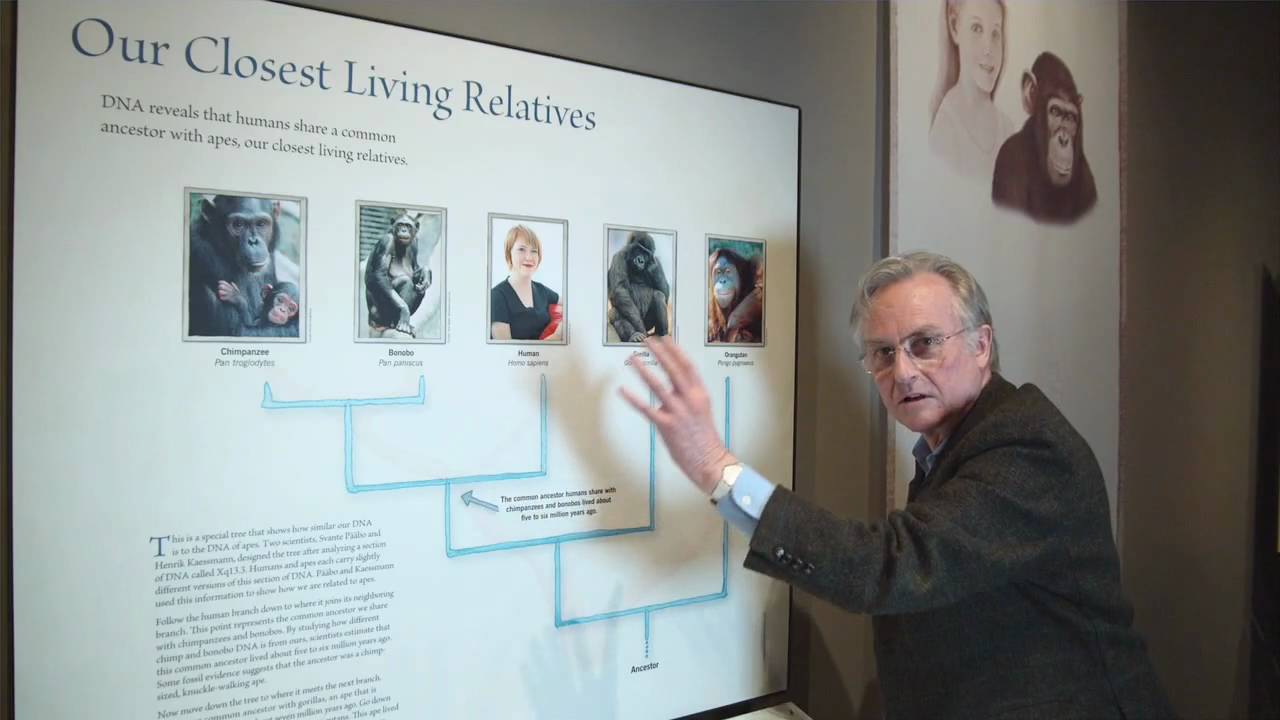- Nov 23, 2013
- 15,069
- 5,309
- Country
- Australia
- Gender
- Female
- Faith
- Atheist
- Marital Status
- Married
With those 5, I agree as you state them here. But in past posts, you drew conclusions from those 5, for example: while in the paragraph above you say "if an animal is able to reproduce slightly more than the average because it has genes which result in it having some advantage in reproduction..." while in past posts, what came across was (my paraphrase) "thus they are able to reproduce more", assuming facts not in evidence. I hope in your paragraph above you meant only "if".
What I mean is that the average number of offspring produced by individuals with this trait will be slightly above the average for the whole population.
For example, a zebra can produce an offspring every two or three years. The exact time will depend on many factors, but an important one will be the zebra's ability to prepare its body. After all, producing offspring is a rather intensive process and takes a lot of energy and resources.
If a zebra has genes that mean she is better able to store energy reserves, for example, she may find that her body is better able to prepare for producing an offspring. As such, she might be able to reproduce every two years. A different zebra without this gene will be closer to the average, say, 2.5 years. Since Zebras have a breeding season, this would work out to a gap of two years, then a gap of three years, and alternating in this way (remember, this is on average). But a zebra that has genes that leave her poorly prepared may find that it takes her three years every single time.
So, let's follow the herd of zebra over the course of a decade, say 2000 to 2010. The first zebra (with the genes which help her reproduce) is able to fall pregnant 6 times, in 2000, then in 2002, 2004, 2006, 2008 and 2010. The average zebra will fall pregnant 5 times, in 2000, 2002, 2005, 2007 and 2010. And the below average zebra will fall pregnant 4 times, in 2000, 2003, 2006 and 2009. If we assume all other things are equal (the chances of any foal succumbing to disease or predators, for example), then the zebras with the genes for the improved ability to store reserves have produced more offspring in the same time, and the zebras with the worse ability have produced fewer offspring.
Oh, and an example of better genetics resulting in more offspring isn't going to do the job. Your generalization isn't going to rest on one (or even a few) example(s). Mules are better in some ways than horses and donkeys, including (from what I remember hearing), hardiness. So by your reasoning (yes, I know you don't mean to be talking about mules here) they should have more opportunities to breed. But they don't breed. (Ha! Yes I know, the defeat of a generalization isn't going to rest on just one example either.)
This fits in perfectly well with evolution, actually. Yes, mules have many benefits over horses and donkeys. But the fact that they can't produce offspring of their own prevents the "mule" combination of genes from spreading. Let's say that there was a herd composed of horses and donkeys. And let's also say that (for the purposes of this example) mules could produce offspring. Surely, you would expect to find that mules start off as quite rare (after all, the herd is mostly horses and donkeys at the start). But while there will be cases of horses breeding with horses and donkeys breeding with donkeys, there will also be cases where horses and donkeys interbreed.
If we assume that the chances of a male of one species breeding with a female of the other species, there are four different pairings available:
Male horse breeds with female horse
Male horse breeds with female donkey
Male donkey breeds with female horse
Male donkey breeds with female donkey
If each of those pairings is random, then fully half the pairings will be between a horse and a donkey, producing mules. And if mules are on average better than either horses or donkeys (specifically referring to how well they are able to produce offspring of their own, whether it be by being better able to survive in general, or by being better able to gain access to a mate), then we would expect to see that over multiple generations, the mules quickly increase within the population until they dominate it. If we came back to check the heard after many generations, we'd find most members of this herd would be mules.
But as you said, mules are sterile and can't produce any offspring of their own. So in our hypothetical herd, fully half the pairings would lead to an evolutionary dead end. Evolution is changes accumulating over generations, and getting those generations requires reproduction. Since the mules can't breed, they can't pass on any genes, and so their line ends with them.
And I'm still not sure if your generalization is meant to be within one species or not.
Do you mean cases of two individuals from different species interbreeding? As you pointed out in your mule example, that is impossible for all practical purposes. If you are talking about a population of one species evolving into a population of a different species, that's what I'm leading to. But I'm just laying the framework at the moment, since I'd like you to have an understanding of the process rather than just making the claim and saying you have to accept it without understanding it.
Upvote
0


